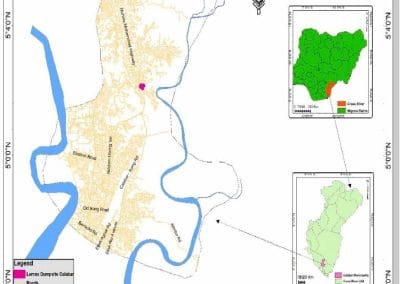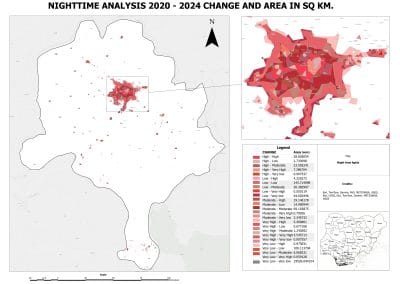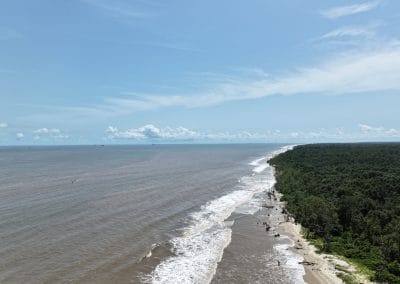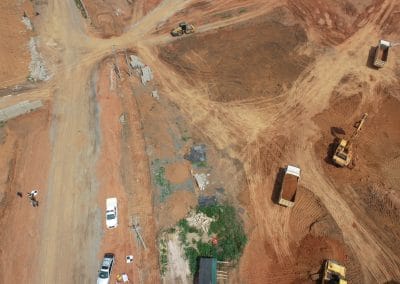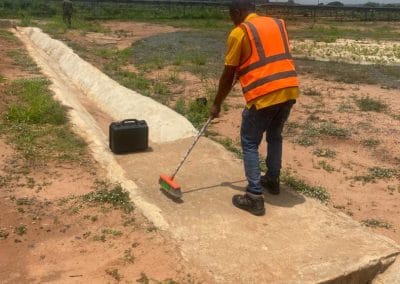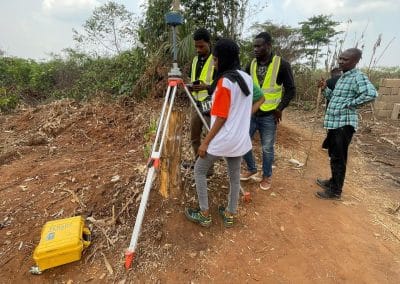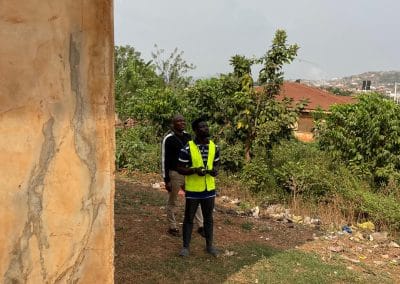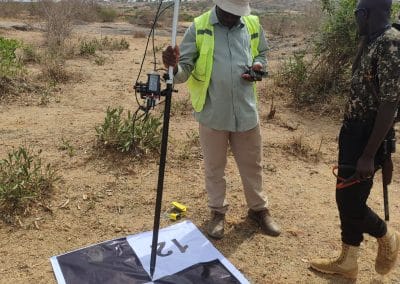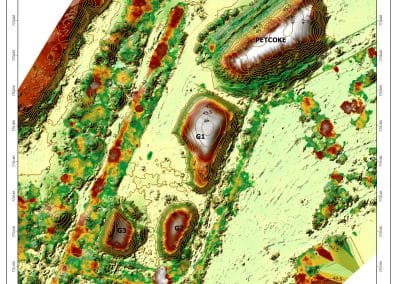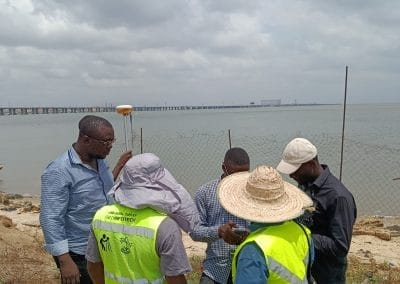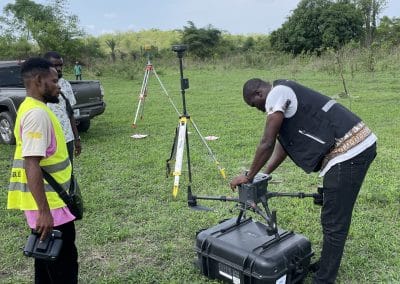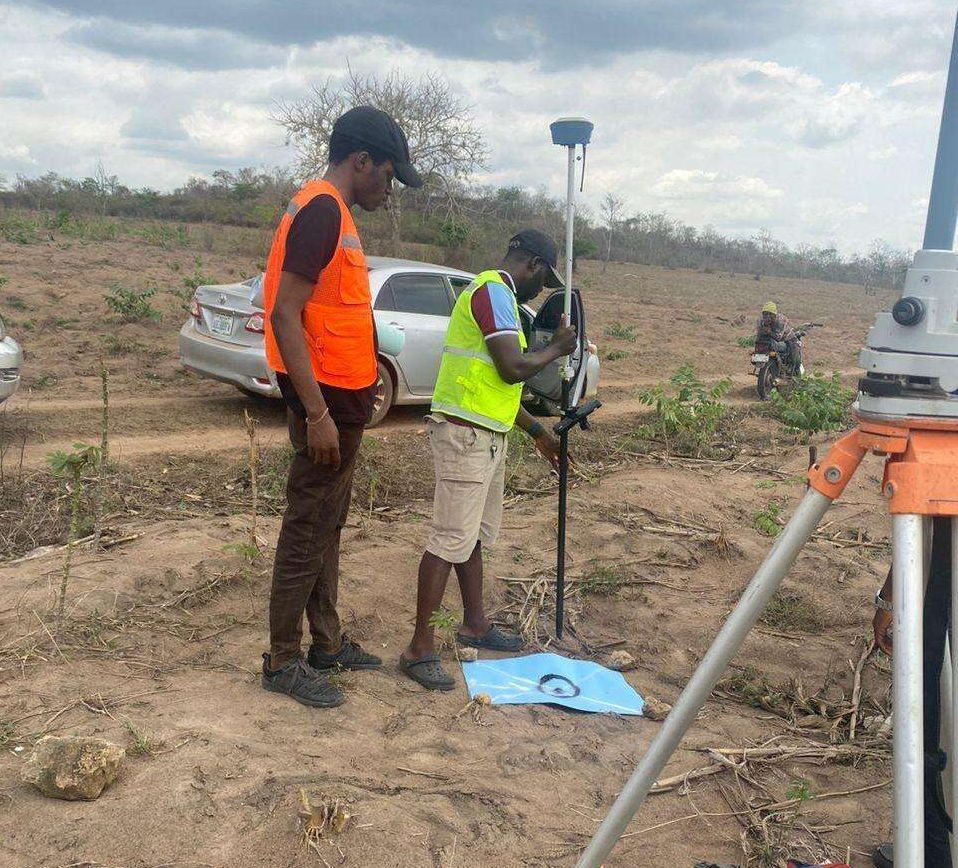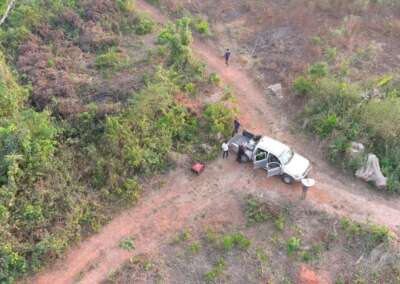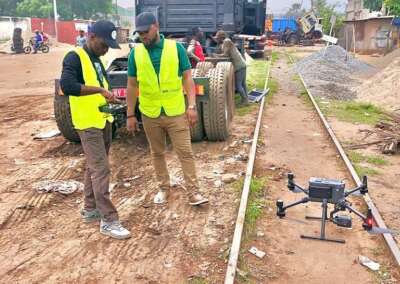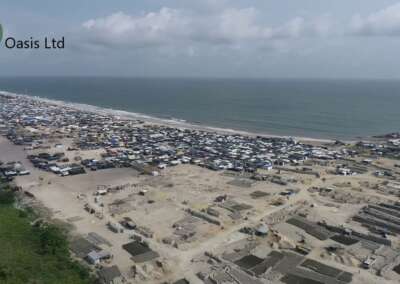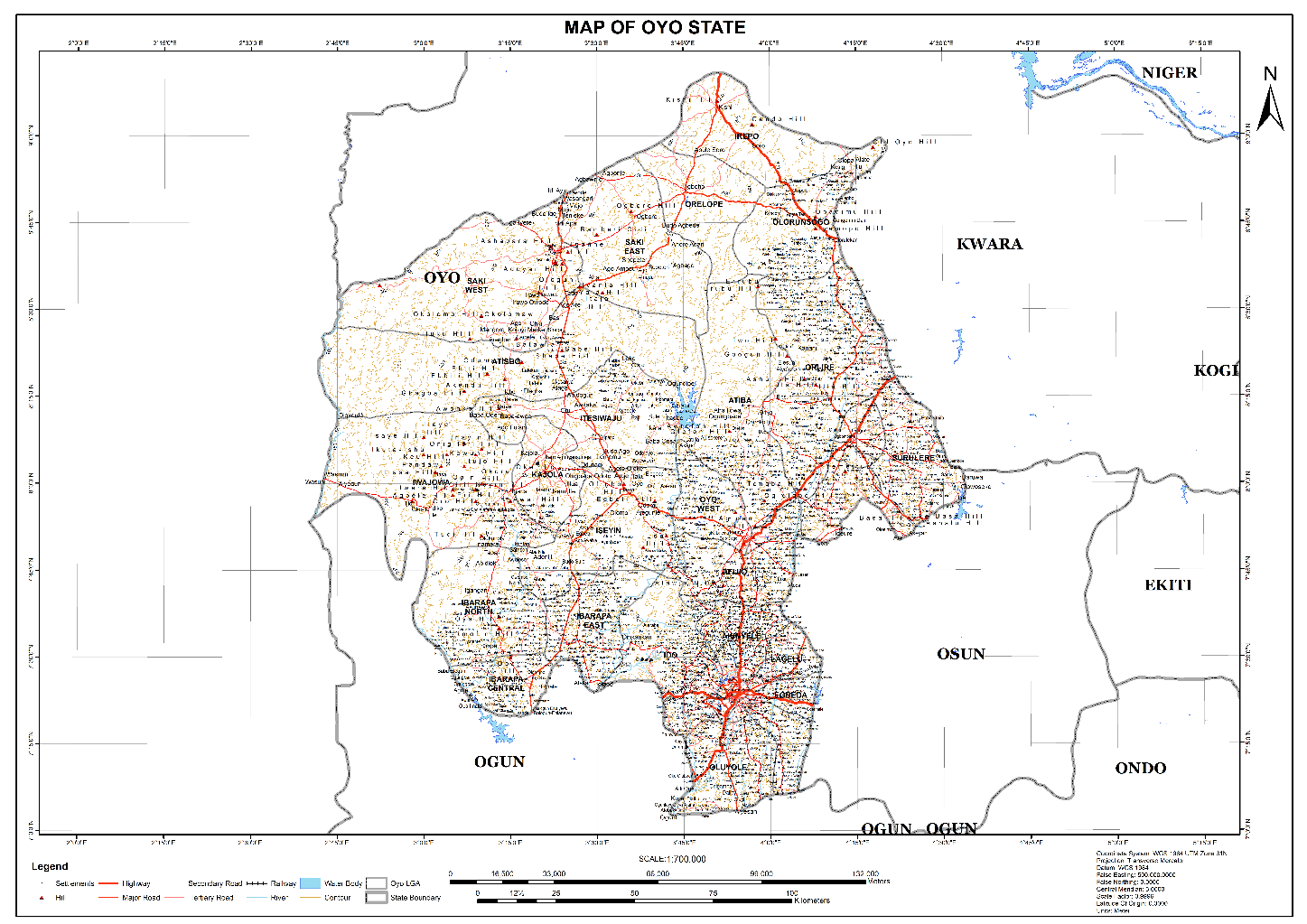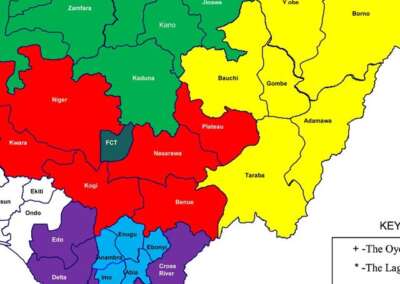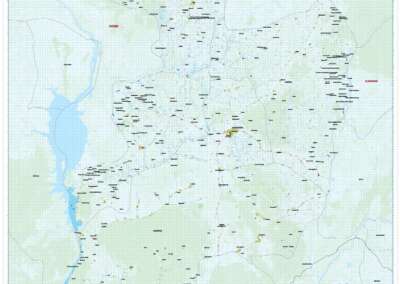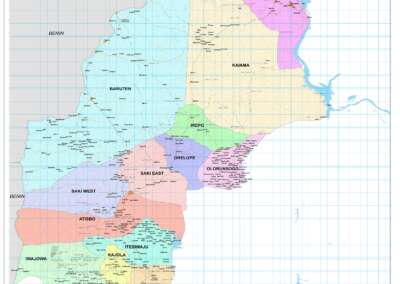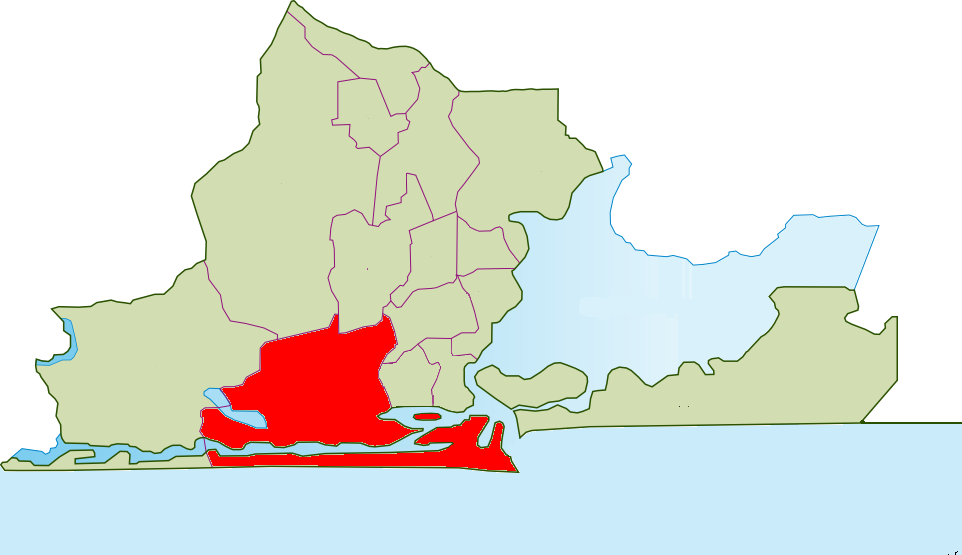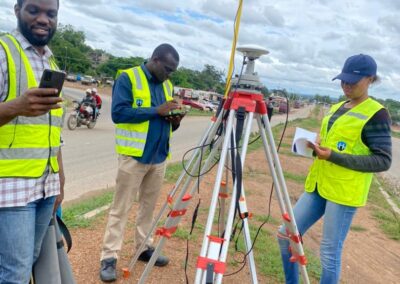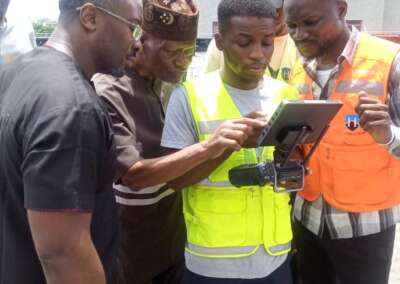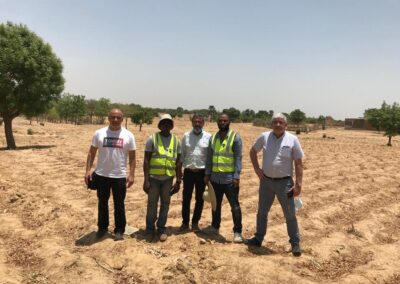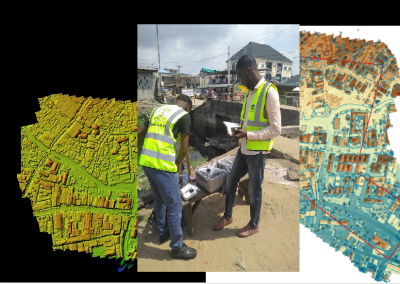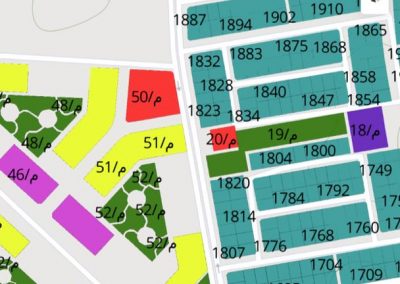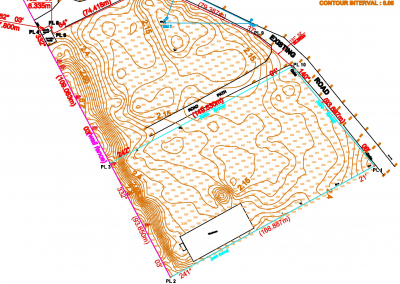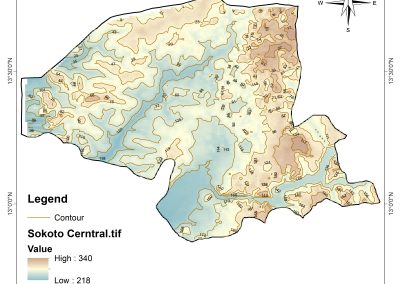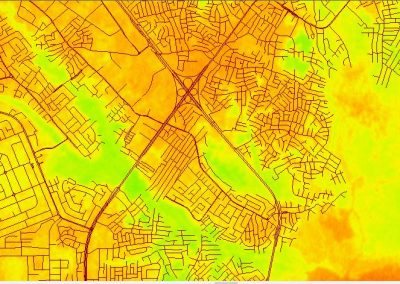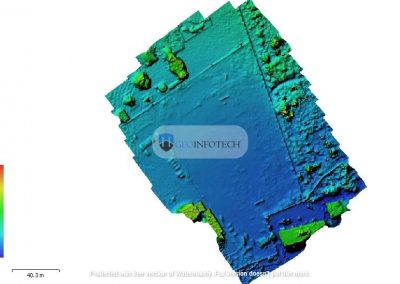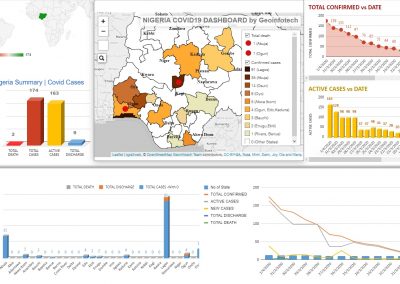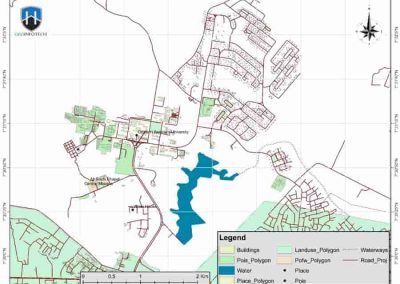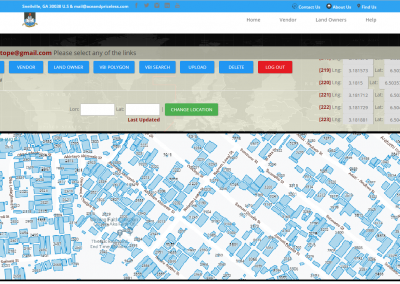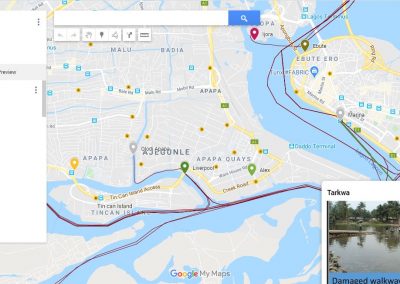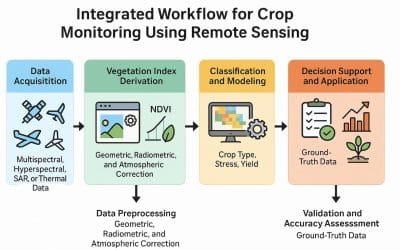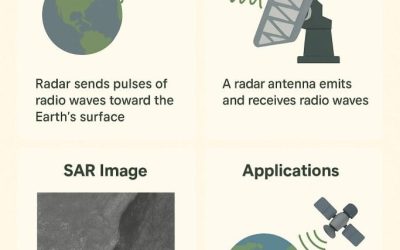The oil, gas, and energy industries are central to global development—but they also pose significant environmental challenges. To strike a balance between energy demand and environmental protection, Geographic Information Systems (GIS) have emerged as powerful tools for environmental monitoring, risk assessment, and sustainable planning.
Understanding Environmental Impact Assessment (EIA)
An Environmental Impact Assessment is a structured process that evaluates the environmental consequences of proposed projects—especially extractive or industrial operations—before they begin. In the oil and gas sector, this involves assessing effects on:
- Water bodies
- Air quality
- Soil and vegetation
- Wildlife habitats
- Human settlements
How GIS Enhances EIA in Oil and Gas Projects
GIS is a spatial analysis tool that helps professionals visualize, analyze, and interpret environmental data geographically. Here’s how GIS plays a critical role:
1. Site Selection and Route Planning
- GIS overlays sensitive ecosystems, fault zones, and settlements with proposed drilling or pipeline paths.
- Ensures minimal disruption to the environment during siting of refineries, wells, or pipelines.
2. Baseline Environmental Mapping
- Historical satellite imagery and environmental data are mapped to establish baseline conditions before drilling or construction.
- Helps in future comparison and change detection.
3. Risk and Hazard Mapping
- GIS models predict spill risk, fire risk, or explosion impact zones.
- Proximity analysis helps identify at-risk communities or ecosystems.
4. Water Quality and Hydrology Monitoring
- GIS tracks and maps surface water flow, groundwater levels, and pollution spread.
- Supports early detection of contamination from oil spills or fracking fluids.
5. Vegetation and Land Cover Change
- Remote sensing imagery detects deforestation or vegetation degradation caused by seismic surveys or access roads.
- GIS analysis helps measure how much land is altered or lost.
6. Socio-Economic Impact Mapping
- GIS identifies communities affected by energy projects.
- Demographic mapping aids compensation planning and resettlement strategies.
Devices and Technologies Used
| Technology | Purpose in EIA |
|---|---|
| Drones (UAVs) | Real-time monitoring of sites, spills, or vegetation |
| Remote Sensors | Detect air and water pollution, land surface changes |
| GPS-enabled Tools | Map exact locations of incidents or sensitive features |
| Satellite Imagery | Observe land use change over time (e.g., Landsat, Sentinel) |
| Mobile GIS | Field data collection during EIA surveys |
Case Study Spotlight
Niger Delta, Nigeria: GIS was crucial in mapping oil spill hotspots and the extent of environmental degradation. It supported litigation, remediation planning, and monitoring of clean-up progress.
Beyond Compliance: GIS for Sustainability in Energy
GIS doesn’t stop at compliance; it pushes energy companies towards greener and smarter practices, such as:
- Renewable site mapping (solar, wind potential zones)
- Carbon footprint visualization
- Cumulative impact assessment across multiple projects
- Wildlife corridor protection in pipeline design
The integration of GIS into Environmental Impact Assessments is no longer optional—it’s essential. For oil, gas, and energy stakeholders, GIS brings clarity, precision, and foresight that not only reduce environmental harm but also boost regulatory compliance and community trust.





